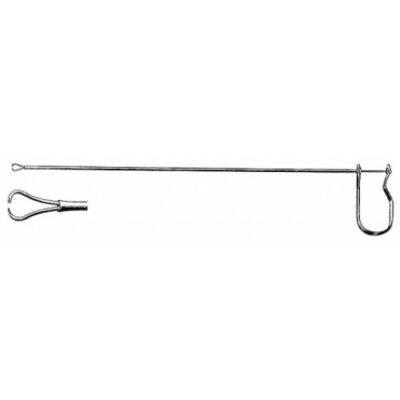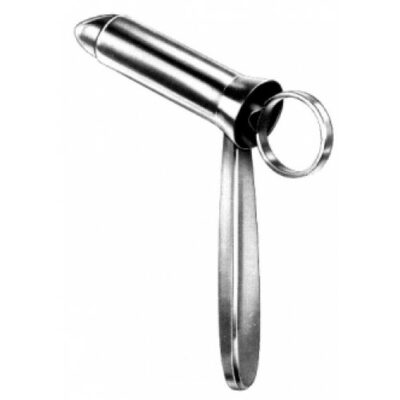No products in the cart.
Proctoscopes and Anoscopes: Visualizing the Rectal and Anal Regions for Diagnosis and Treatment
Proctoscopes and anoscopes are medical instruments used to examine the rectum and anal canal. These devices give healthcare professionals a direct view of the lower gastrointestinal tract, enabling accurate diagnosis, treatment planning, and interventions. Proctoscopy and anoscopy play a crucial role in gastroenterology and colorectal practices for diagnostic and therapeutic purposes.
Read More
Components of Proctoscopes and Anoscopes:
Tubular Shaft: Proctoscopes and anoscopes have a tubular shaft inserted into the rectum or anal canal.
Light Source: A light source, often delivered through fiber optics or external light cables, illuminates the examination area for clear visualization.
Optics: Optics, such as lenses and mirrors, transmit visual information from the scope to the eyepiece or camera system.
Procedure Overview:
Patient Preparation: The patient may be asked to empty their bowels and assume a specific position for the examination.
Scope Insertion: The proctoscope or anoscope is gently inserted into the rectum or anal canal. Lubrication is applied to ease insertion.
Visualization: The healthcare professional uses the scope’s eyepiece or camera system to visualize the rectal or anal mucosa, assessing for abnormalities, lesions, or other conditions.
Documentation: Images and videos captured during the procedure may be recorded for documentation, education, or further review.
Applications of Proctoscopes and Anoscopes:
Diagnostic Procedures: Proctoscopy and anoscopy diagnose conditions such as hemorrhoids, anal fissures, abscesses, rectal bleeding, and tumors.
Treatment Planning: Visualizing the rectal and anal regions aids in planning treatments such as hemorrhoid banding, abscess drainage, and biopsies.
Therapeutic Interventions: Proctoscopes and anoscopes facilitate interventions like ligation of hemorrhoids, removing polyps, and treating anal conditions.
Benefits of Proctoscopes and Anoscopes:
Direct Visualization: Visualizing the rectal and anal regions allows for accurate diagnosis and targeted treatment.
Minimally Invasive: Proctoscopy and anoscopy are minimally invasive procedures that require no incisions, resulting in minimal discomfort and faster recovery.
Real-Time Feedback: Real-time visualization enables healthcare professionals to assess conditions immediately and make informed decisions.
Patient Comfort: Using lubrication and gentle insertion techniques minimizes patient discomfort during the procedure.
Conclusion: Proctoscopes and anoscopes are valuable tools in gastroenterology and colorectal practices that visualize the rectal and anal regions directly. By enabling accurate diagnosis, treatment planning, and interventions, these devices contribute to effective patient care and improved outcomes. Recognizing the significance and applications of proctoscopes and anoscopes is essential for healthcare professionals aiming to provide comprehensive gastrointestinal evaluations and enhance patient well-being.







